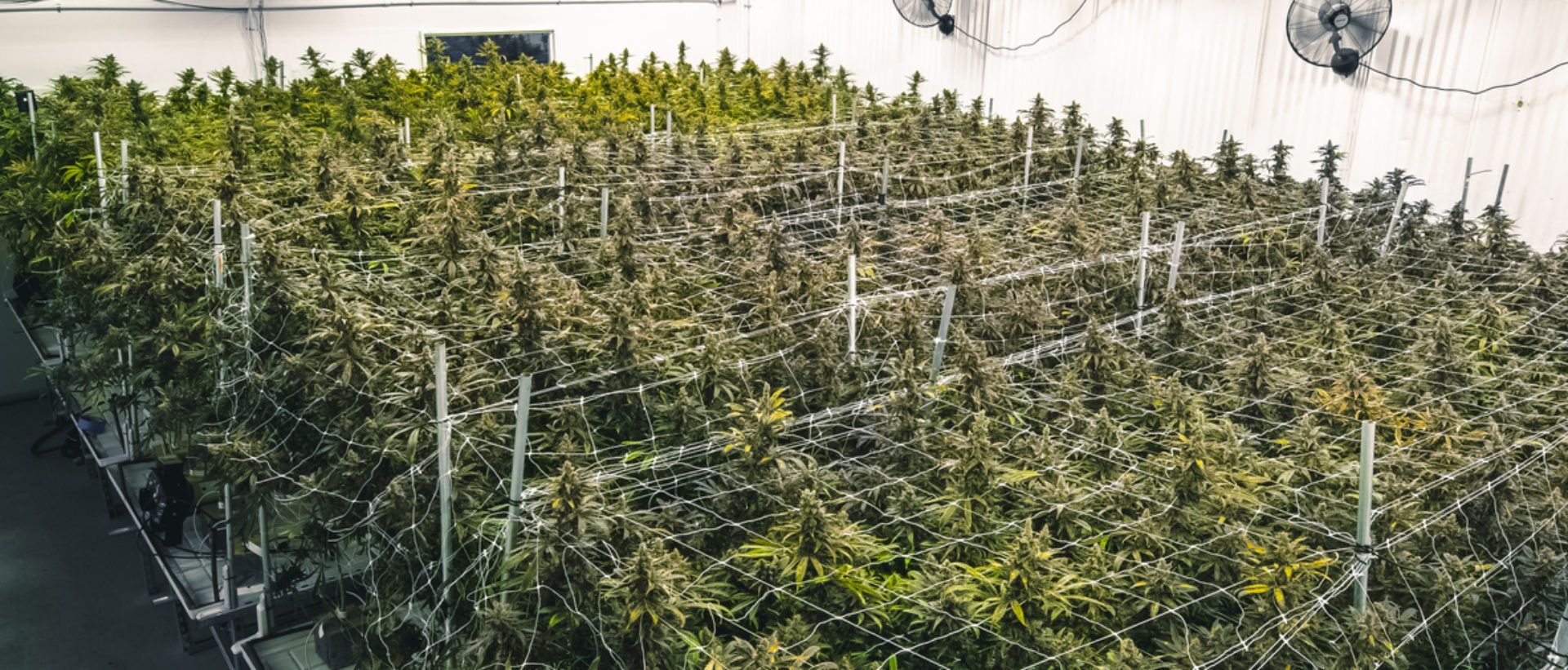As the U.S. cannabis industry matures—with projected national revenues hitting $45 billion in 2025—the interplay between bulk marijuana distribution and craft growers is emerging as a defining battleground. Craft cultivators, celebrated for their small-batch innovation, artisanal quality, and unique strain profiles, are now facing structural headwinds as large-scale distributors leverage scale to capture market share.
Economies of Scale & Price Competition
Large distribution networks buy in volume, significantly reducing per-unit logistics and packaging costs. They in turn supply retail dispensaries with competitively priced flower and derivative products. Craft growers, operating at small scale, find it difficult to match these prices. In New York, four years after recreational legalization, 97% of cannabis farms were operating at a loss—many due to an inability to compete with bulk-distributed indoor product priced nearly 30–50% lower.
Regulatory Gatekeeping & Middleman Disadvantages
State regulations often mandate that growers sell only through licensed distributors. In California’s Emerald Triangle, this forced craft farmers into unfamiliar territory—depending on expensive intermediaries for testing, packaging, transport, and compliance. These requirements drive up costs and reduce growers’ profit margins, eroding both competitiveness and autonomy in the market.
Consolidation & Distribution Channel Domination
Bulk distributors’ control over processing resources and platform relationships intensifies market pressure on craft growers. Many craft cultivators lack access to in-house testing, packaging, or broad networks, and must often resort to partnerships with larger operators—who may prioritize their own branded products over smaller growers’ output.
Consumer Differentiation: A Sliver of Hope
Despite these challenges, consumer demand for premium, artisanal cannabis remains strong. Craft cannabis is riding a significant wave—valued globally at $12.6 billion in 2024, projected to climb to $45 billion by 2033 (CAGR ~15.7%). In parallel, Nevada data reveals a continued consumer preference for flower, vape, and specialty formats, indicating niche opportunities that craft growers are uniquely positioned to fill.
Strategic Adaptation for Craft Growers
To thrive, craft operators are adopting several adaptation strategies:
- Collectives & Co-ops: Joining forces helps them afford compliance infrastructure and logistics.
- Direct Licensing: States like New York now offer microbusiness or craft licenses, allowing growers to bypass large distributors—and retain more value—though scaling remains limited.
- Branding & Storytelling: Emphasizing terroir, sustainable practices, and strain provenance is helping craft products stand out in competitive retail shelves.
- Alternative Outlets: Some growers engage in farm-to-table models, wellness brands, or consumer membership programs that value quality over price.
Outlook: Balancing Scale vs. Quality
Bulk distributors are instrumental in scaling today’s cannabis market. They lower costs, standardize supply, and meet consumer demand for consistent pricing. But their dominance creates structural barriers for craft growers—through pricing pressures, regulatory intermediaries, and consolidated infrastructure.
However, craft cannabis remains a vibrant sub-sector. With intelligent policy support—like equitable micro-licensing, tax relief, and infrastructure grants—craft cultivators can access customers willing to pay premiums for quality, sustainability, and authenticity. Realizing that niche value proposition is critical for small growers to sustain their place alongside bulk distribution giants.
In conclusion, bulk marijuana distribution poses both a challenge and an impetus. For craft growers, the road ahead will require market-savvy adaptation, proactive partnerships, and leveraging regulatory reforms. Though headwinds are strong, the craft movement’s resilience and consumer loyalty could well secure a place in tomorrow’s diverse cannabis landscape.

